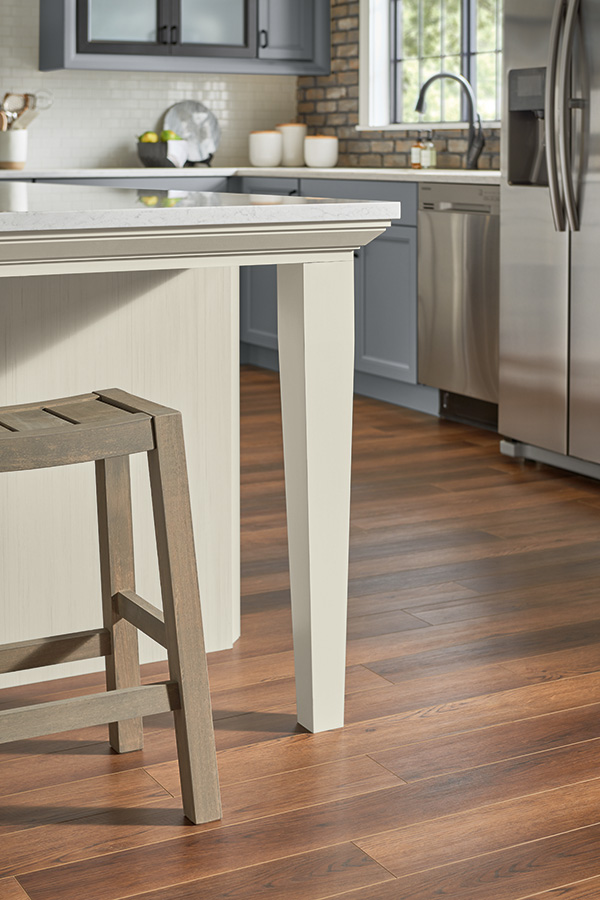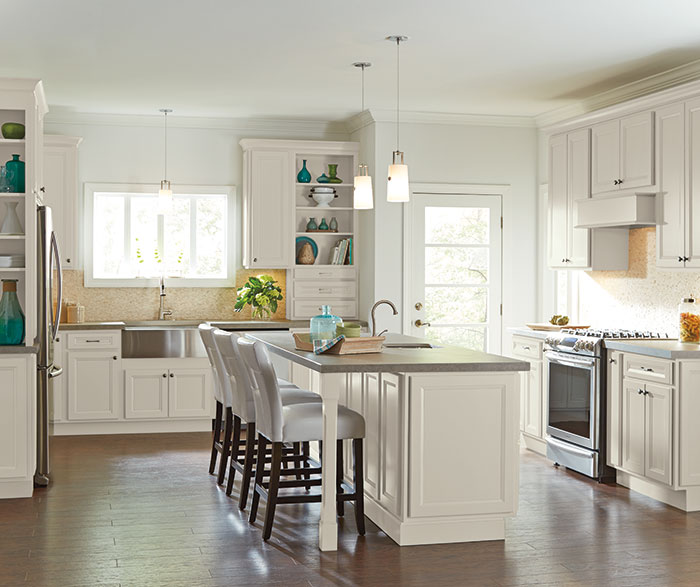A Comprehensive Guide to Choosing the Right Kitchen Island Leg
A Comprehensive Guide to Choosing the Right Kitchen Island Leg
Blog Article
Top Factors To Consider When Picking a Cooking Area Island Leg for Modern Kitchen Interiors
In the realm of modern-day cooking area interiors, the option of a kitchen island leg is essential, influencing both aesthetics and performance. As these aspects link, they raise even more inquiries concerning exactly how to accomplish the perfect equilibrium between style and usefulness, leaving one to contemplate the effects of each choice on the overall kitchen area experience.
Material Selections
When it comes to picking a kitchen area island leg, material choices play a critical duty in both aesthetic appeals and performance. kitchen island leg. One of the most usual materials consist of timber, steel, and composite options, each offering possible disadvantages and unique advantages
Timber is favored for its warmth and traditional appeal, supplying a timeless look that complements numerous cooking area styles. It is extremely functional, enabling for personalization in regards to surfaces and shades. Nevertheless, timber may need more upkeep to avoid bending or damages from moisture.
Steel, on the other hand, brings a industrial and modern flair to cooking area islands. Stainless-steel and wrought iron are prominent selections, known for their sturdiness and resistance to wear. They can stand up to the rigors of daily usage yet may lack the warmth related to timber.
Composite materials, such as crafted timber or artificial blends, use an equilibrium between cost, toughness, and appearances. These alternatives are usually designed to resemble the appearance of natural products while offering resistance to spills and scratches.
Inevitably, the selection of material should line up with the general kitchen area style and planned usage, ensuring that the kitchen island leg is both functional and visually attractive.
Design And Style
The design and style of a cooking area island leg substantially add to the general aesthetic of the room, complementing the chosen material. When choosing the leg layout, think about the building style of the cooking area. Smooth, minimal legs made of stainless steel or acrylic harmonize with contemporary styles, while ornate, transformed timber legs boost typical or farmhouse looks.
In addition, the surface of the leg can influence the aesthetic impact; a sleek chrome or matte black finish may stimulate modern-day beauty, while troubled wood talks to rustic appeal. The leg's shape also plays a vital duty-- right, angular types communicate a more industrial feeling, whereas bent or tapered legs present a softer, much more welcoming look.
Incorporating decorative elements, such as embellishments or carvings, can add character and personality to the cooking area island, additional enhancing its role as a centerpiece. Eventually, the chosen leg style should not only line up with the general cooking area design but also show the house owner's individual taste, making sure that the cooking area island becomes a harmonious and useful centerpiece within the modern kitchen area interior.
Height and Proportions
Attaining the right height and percentages for a kitchen area island leg is crucial for both functionality and aesthetic appeals. Kitchen area islands commonly vary in elevation from 28 to 36 inches, depending upon their intended usage-- whether as a cooking surface, eating area, or work space. Requirement kitchen counter elevation is about 36 inches, making it essential that the legs you choose complement this elevation to provide a seamless, integrated appearance.
Percentages likewise play a crucial duty in the aesthetic equilibrium of the kitchen area. The dimension and weight of the leg must agree with the overall layout of the island - kitchen island leg. A slim leg might be suitable for a minimalistic or contemporary island, while a much more substantial leg may be required for rustic or standard layouts. In addition, take into consideration the spacing between the legs; sufficient range makes sure convenience and ease of motion around the island.
When choosing the elevation and percentages of the cooking area island leg, bear in mind the overall design motif of your kitchen area. Web Site This interest to detail not only enhances the performance of the space however also adds to a natural and aesthetically enticing interior decoration.
Security and Support
Continually making sure stability and support in kitchen area island legs is necessary for both security and performance. A sound kitchen island have to withstand day-to-day use, including weight from home appliances, food prep work, and celebrations. Consequently, the choice of legs should focus on durable products and designs that can supply sufficient assistance.
When evaluating stability, think about the leg's product-- aluminum, steel, or hardwood commonly offer premium stamina contrasted to lighter alternatives. Additionally, the layout ought to include a broad base to disperse weight equally and decrease the risk of wobbling or tipping. For example, legs developed with an A-frame or cross-bracing can considerably boost security.

Integrating these factors to consider will certainly not only boost the general safety and security of the kitchen space yet additionally improve the durability and capability of the cooking area island, making it a beneficial focal point in contemporary kitchen insides.
Finishing Touches
When it involves completing a kitchen area island, thoughtful completing touches can substantially check out here improve both its visual charm and performance. Picking the appropriate leg design is important, but complementing it with ideal details can change the entire space. Think about including decorative aspects such as toe kicks or walls that match the cabinetry or floor covering to develop a smooth look.

A cohesive shade combination and product option will certainly raise the kitchen area island, making it a captivating focal point. By paying attention to these completing touches, homeowners can create a cooking area island that is both useful and stunning, catering to their way of life and style choices.
Conclusion

In the realm of contemporary cooking area interiors, the option of a cooking area island leg is pivotal, influencing both looks and performance.The style and layout of a kitchen island leg dramatically contribute to the general aesthetic of the space, matching the selected material.Achieving the right elevation and percentages for a kitchen island leg is vital for both capability and looks.Regularly redirected here making certain stability and assistance in kitchen island legs is essential for both safety and functionality.In recap, picking a kitchen area island leg for modern-day interiors calls for mindful consideration of product selections, design style, height, percentages, and stability.
Report this page